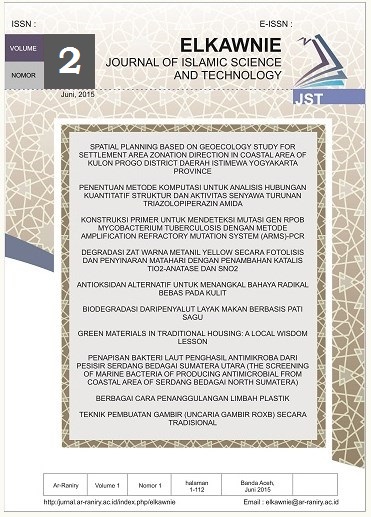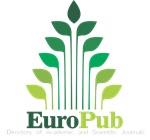Google Loon Sebagai Solusi Terkini Koneksivitas Internet Di Daerah Pedalaman Dan Terpencil
DOI:
https://doi.org/10.22373/ekw.v2i2.2687Keywords:
internet, google loon, remote areaAbstract
Result of this study shows that two of three of its users around the world, internet is not reachable technology especially in hinterland and remote area.Usage of satellite and optic fiber for internet system in those areas is not affordable. By using Google Loon technology,internet users in the areas can access internet.Google Loon is able to spread accessibility of internet up to 1250 km²(wide) or 40 km diameter), and speed of accessibility reaches 3G(10Mbps)References
Google, “Project Loonâ€, https://www.google.com/loon/, diakses tanggal 24 April 2016.
Katikala,Soujanya, “Google TM Project Loonâ€, Rivier AcademicJournal, (Volume 10, Number 2, Fall 2014)
Kamnani Kanchan dan Chaitali Suratkar., “A Review Paper On Google Loon Techniqueâ€, International Journal of Research In Science & Engineering, (Volume: 1 Special Issue: 1, May 2015) 167-171
Singh K. Kumar ,“Google Loonsâ€, Journal of Global Research Computer Science & Technology (JGRCST), (Volume II, Issue-II, October 2014) 30-36
Doowon Kim.,†A Survey of Balloon Networking Applications and Technologiesâ€, http://www.cse.wustl.edu/~jain/cse57013/ftp/balloonn.pdf), diakses tanggal 24 April 2016?
Steven Levy.,†How Google Will Use High-Flying Balloons to Deliver Internet to the Hinterlands†http://www.wired. com/2013/06/google_internet_balloons/all/google.com/loon#slideid-175682, diakses tanggal 24 April 2016?
Ankur Sharma, “Google Project Loon - What is it? “, http://www.lifengadget.com/lifengadget/googles-project-loon/, diakses tanggal 24 April 2016
Downloads
Published
Issue
Section
License
Proposed Policy for Journals That Offer Open Access Authors who publish with the Elkawnie journal agree to the following terms:
a. Authors retain copyright and grant the journal right of first publication with the work simultaneously licensed under a Creative Commons Attribution License that allows others to share the work with an acknowledgement of the work's authorship and initial publication in this journal.
b. Authors are able to enter into separate, additional contractual arrangements for the non-exclusive distribution of the journal's published version of the work (e.g., post it to an institutional repository or publish it in a book), with an acknowledgement of its initial publication in this journal.
c. Authors are permitted and encouraged to post their work online (e.g., in institutional repositories or on their website) prior to and during the submission process, as it can lead to productive exchanges, as well as earlier and greater citation of published work (see The Effect of Open Access).

























